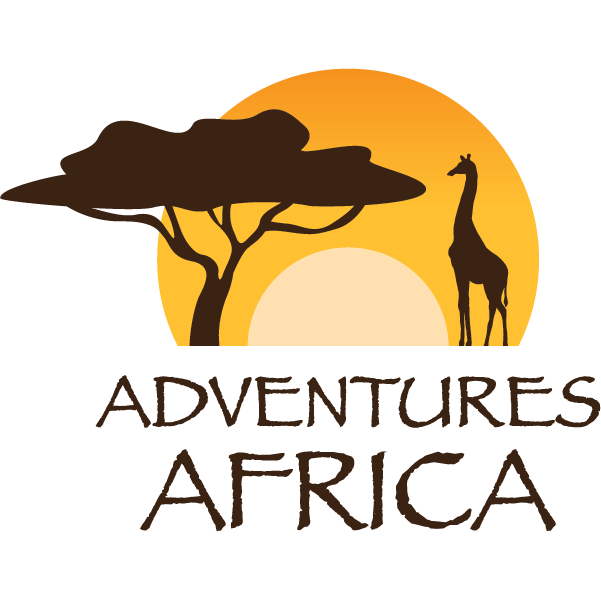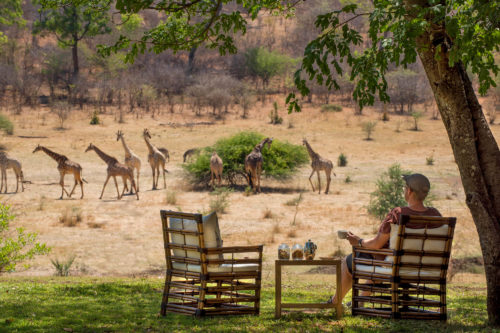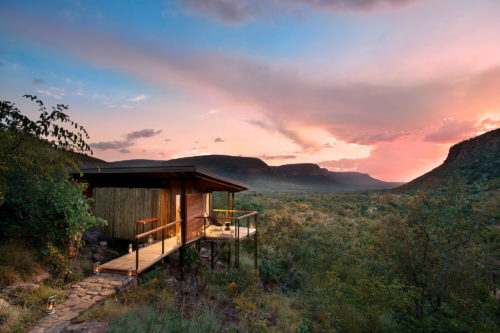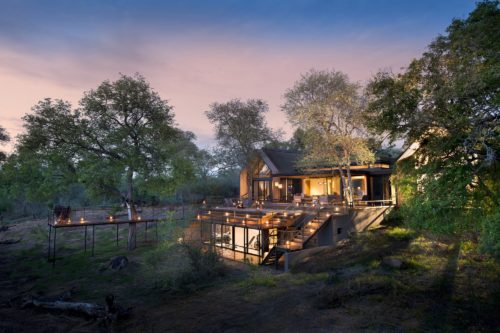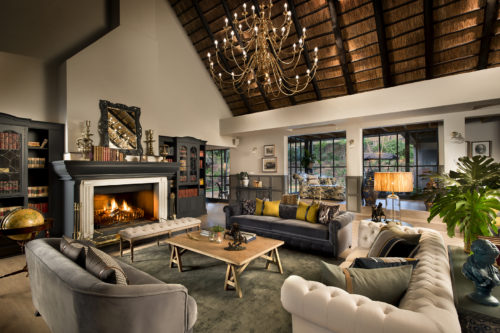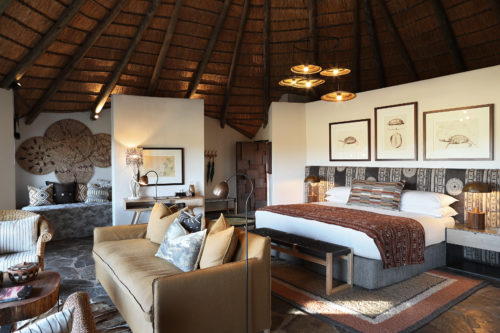Kenya Trip – September 2020
Nairobi; Ol Pejeta; Segera; Masai Mara (Naboisho & Rekero Camps); Watamu
The Adventures Africa team has closely been monitoring developments in East Africa as countries have been effectively reopening to international tourism. We wanted to experience for ourselves the current international travel situation, current health & safety protocols being implemented, and the overall travel experience in East Africa so that we can provide accurate firsthand information to our clients who are ready to travel now.
We selected Kenya for this trip for a number of reasons:
1) Kenya is an amazing country, is easy to get to, and is one of our favorite safari destinations;
2) the country has aggressively responded to the pandemic from the outset greatly limiting the number of cases and virus spread;
3) they are requiring everyone have a negative Covid-19 test to enter the country;
4) Kenya has been awarded both the Safe Travel Stamp by the WTTC and the Safer Tourism Seal by Rebuilding Travel; and
5) Kenya has recorded a fraction of the positive Covid-19 cases that we have here in the US.

Kenya Entry and Exit Requirements:
Kenya currently has certain requirements for US Citizens to gain entry:
Negative Covid-19 PCR Test:
- Everyone must present a negative Covid-19 PCR Test taken within 96 hours prior to travel (use your flight departure time as the basis for the 96 hour calculation). This test does need to be a PCR test and state that on the report. Ours read “NAA-PCR”, which stand for Nucleic Acid Amplification. We would recommend that your report indicates that it is a PCR test and that you print out this report and not just have it on your phone. It is highly likely that they will ask to see the test report at check-in – they did with us – so have it handy.
- When we traveled, there was a lot of uncertainty around how long it would take to get the test results with no one guaranteeing a specific turnaround time. Our timing was complicated by the fact that we were traveling a couple of days after Labor Day. We did a lot of research as to which testing facilities were using which labs, etc. In the end, we each took two tests from different facilities using different labs and had all 4 results prior to our flights – 2 of them within 36 hours; 1 in 48 hours; and 1 in 72 hours.
Travelers Health Surveillance Form & QR Code:
- Kenya’s Ministry of Health is requiring all travelers to fill out this form and generate a QR Code to be read by Port Health Officials on arrival.
- We recommend also printing out the competed form with the QR Code and bringing it with you in addition to having the code readily available electronically.
Kenya E-Visa:
- We highly recommend getting your Kenya eVisa in advance online. CLICK HERE. This avoids any uncertainty or delays upon arrival in Nairobi. The current cost is $51 USD and it will take a couple of days for the approval at which point you can print out your eVisa to take with you.
Thermal Temperature scan:
- After disembarkation in Nairobi, there will be a thermal temperature scan and the collection of your Health Surveillance Fm before you proceed to Customs.
The entire process was well handled and quickly done. Everyone was wearing masks and hand sanitizers were available everywhere.
Another negative Covid-19 test is not required to leave Kenya unless your destination country or airline is requiring it. We were flying on Emirates and did need another negative test for our return flight even through our connection in Dubai was only a few hours. We had conflicting information on this prior to leaving the US, so had to arrange for a Covid test in Kenya once there. Segera Retreat assisted with this and we were met at Nairobi Wilson Airport where the test was administered between flights.
Emirates Flight:
Our itinerary included Emirates flights connecting via Dubai. Our original plan was to spend a night in Dubai to see what things were like on the ground there, but an 11th our flight schedule change resulted in a shorter connection. Emirates is one of the few airlines requiring that every passenger has a negative Covid-19 test taken within 96 hours of departure. Having this requirement from your US point of departure does give you an added level of confidence.
No temperature scans at the US airports on departure, but the Emirates check-in went smoothly and everyone was wearing masks and distancing in line. We were asked to show our negative Covid-19 test report and our eVisa at check-in. The flights over were fantastic – probably about 40-50% full. The flight attendants were in masks and wore PPE over their uniforms and provided the same high level of service that Emirates is known for. Each passenger was also provided a small health kit with masks and hand sanitizer. Masks were requested to be worn the entire flight, except for meals.
Dubai Airport was busier than our US departure airports and was stricter with their health & safety protocols. They also had many stores and restaurants open for business.
We were required to have another negative Covid-19 test for our return flight and were able to arrange this at Nairobi Wilson Airport. We schedule it with Medanta Africare and their team met us at the airport in their PPE and performed the test in the waiting area. The cost was approximately $100 USD. We had those results in about 48 hours.


Nairobi Arrival:
Upon arrival in Kenya, the disembarkation process went smoothly and in sections. Masks were required in the terminal & hand sanitizers were readily available. Passport control was handled efficiently. Every passenger went through a thermal temperature scan and submitted their Health Surveillance Form.
We were met by our friends from Asilia Africa where our bags were disinfected before handling; our temperatures were taken before entering the transfer vehicle; and we were offered hand sanitizer. Very thorough, professional, and friendly.
We spent the first night in Nairobi at the Sankara Nairobi. We’re starting to see a welcome pattern as upon arrival at the Sankara – masks, temperature, sanitizer, etc. Check in was basically contactless and we were off to our rooms.
The outdoor rooftop bar and restaurant were both open and it was great to get some fresh air and a cold beer after the long travel day. Kenya had a curfew in place at the time with restaurants and bars required to close by 10:00 pm.
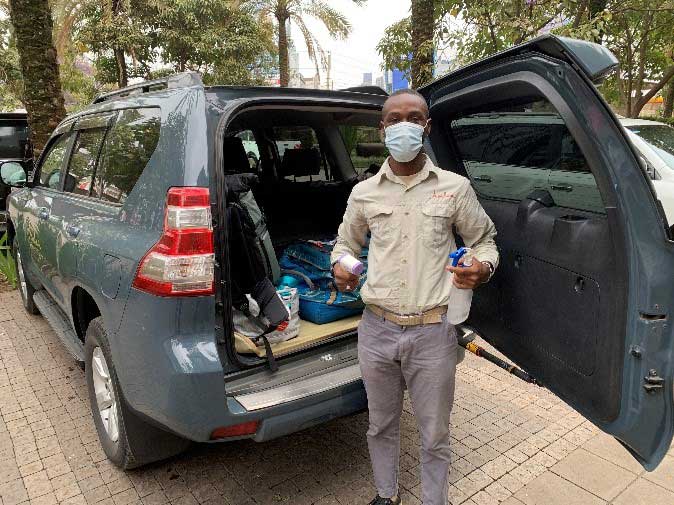
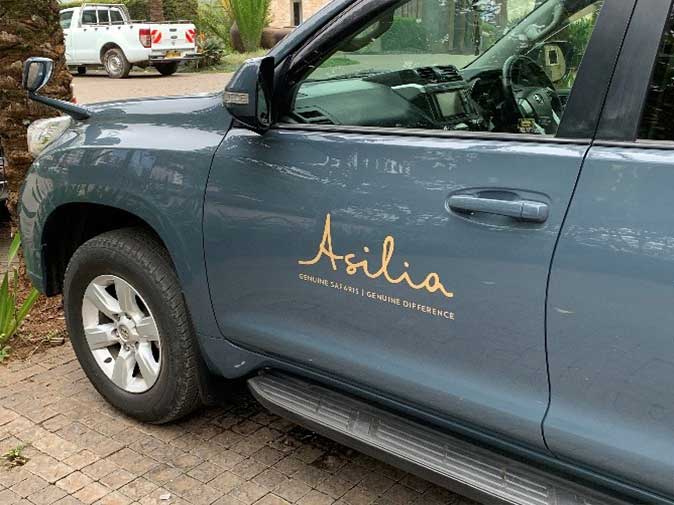
Ol Pejeta Bush Camp by Asilia – Ol Pejeta Conservancy:
We transferred from Sankara Nairobi to Nairobi Wilson Airport for our 35 minute scheduled Air Kenya flight to Nanyuki Airport in Laikipia. Upon arrival at Wilson, we went through standard security along with a temperature check and hand sanitization. Masks were in place everywhere, check-in was easy, and the small waiting room quiet with seats blocked off for social distancing. There was one other couple onboard our Cessna Grand Caravan C208B with us. They had been to Kenya numerous times before and were taking advantage of the lack of crowds, low prices, and safety of Kenya. Luggage was sanitized both during loading and unloading and the Captain advised us that masks were to be worn for the duration of the flight. Upon arrival in Nanyuki, we were met for the 1 hour transfer to Ol Pejeta.

Ol Pejeta Conservancy:
Today, Ol Pejeta is the largest black rhino sanctuary in east Africa, and home to two of the world’s last remaining northern white rhino. It is the only place in Kenya to see chimpanzees, in a Sanctuary established to rehabilitate animals rescued from the black market. It has some of the highest predator densities in Kenya, and still manages a highly successful livestock program. Ol Pejeta also seeks to support the people living around its borders, to ensure wildlife conservation translates to better education, healthcare, and infrastructure for the next generation of wildlife guardians.
Ol Pejeta Bushcamp by Asilia:
Ol Pejeta Bush Camp is a relaxed tented camp set along the narrow Ewaso Ngiro River. The main mess tent overlooks the Ol Pejeta plains on the other side of the river. Sip your morning coffee while watching weaver birds flutter around the fever trees outside and spend evenings with a glass of wine by the fireplace. The campfire is where guests can gather to share stories and get to know one another after the afternoon game drive. Tucked up in bed later at night, listen out for the conservancy’s lions roaring to each other.
A typical day on safari – A stay at Ol Pejeta differs from traditional safaris due to the vast array of activities on offer, but the general rhythm is the same. We head out on safari in the early morning and late afternoon when animals are at their most active. If you have hired a private vehicle, itineraries can be discussed with your guide. Start the day bright and early with a wake-up call and tea or coffee. Enjoy breakfast before departing for your morning game drive (or set out a little earlier and take a picnic breakfast). Arrive back in camp mid-morning, with a chance to freshen up before lunch. After a leisurely lunch, enjoy siesta time. Read a book or just relax and enjoy the views from your tent’s deck. Refuel with afternoon tea and then depart for an afternoon/evening game drive with sundowners.
Arrive back at camp in time for drinks and dinner — the perfect chance to unwind after a long day in the bush. The two male lions on a zebra kill had to be the highlight of our stay at Ol Pejeta!
All required health & safety protocols were being rigorously adhered to – mask wearing, temperature checks, private dining, social distancing, and hand sanitization. This gave us a great level of comfort as we embraced our stay at our first safari camp.
Segera Retreat:
Segera lies in the high grasslands of the Laikipia Plateau, its six timber and thatch villas raised above a profusion of botanical life to offer views towards Mount Kenya. Each large, en-suite bedroom has a private deck with sun loungers, swing bed and sunken Jacuzzi sunk into the deck outside the bedroom. The recently restored Farmhouse homestead, gracious Segera House and Villa Segera boast even greater privacy and luxury. The main area comprises the Paddock House, Wine Tower and renovated stables, complete with bar and dining room filled with contemporary African art from the Zeitz Collection.
With many extraordinary indoor and outdoor settings, dining at Segera is an unforgettable experience. What’s more, our internationally renowned kitchen delivers delicious healthy meals, created using home-grown, organic and free-range ingredients.
“Discover the Segera Safari. Segera is a splash of green in a golden savannah. It is a home for ideas. A refuge for wildlife. A community for mavericks and characters, travellers and adventurers. We have a culture of doing, thinking, creating, conserving, collaborating. We’ve found our home in Africa, in the wide Kenyan landscapes, the temperate climate, in the poetry of being alive alongside wild creatures roaming the open plains of Laikipia. Join us on safari here and you will find a home for your adventurous heart. This is where you ought to be.”

Jens Kozany and the entire team at Segera took amazing care of us during our 2 night stay. As the only guests at the retreat (the reserve is limited to 20 guests at a time anyway), it truly was a private luxury safari experience. The luxurious accommodations, delicious cuisine, first-class service, conservation focus, and unique property & experiences ensure that we will anxiously await our return visit. A couple of the highlights included: our first cheetah encounter of the trip (mother and two cubs); changing a flat tire with two large male lions consuming a zebra kill just 200 yards over our shoulder; the visit to the amazing anti-poaching tracker dogs; and of course, our sundowners!
As their first international guests since tourism restarted, we were assisting them in running through their health & safety protocols. As with the other camps, mask wearing, temperature checks, and hand sanitizers were all in play. All the staff members are required to have a negative Covid-19 test prior to arriving at camp, have their temperature checked on a daily basis, and wear masks around the camp. Anyone with any symptoms will be quarantined at a local facility. They are also limiting the number of people in their safari vehicles with each individual party having their own truck. There is no communal dining and each party will have their own dining table/space, usually outdoors. This testing and the fact that everyone in camp has recently tested negative provides a good level of comfort. When out on the game drives, you can make a decision with your guide whether you want to wear masks or are comfortable with the spacing while outdoors on the game drives.
Naboisho Camp by Asilia – Masai Mara:
The Mara Naboisho Conservancy in southwest Kenya is a dream for wildlife enthusiasts. As well as cheetahs, elephants and giraffes, the area has one of the highest concentrations of lions in the world. There are nine spacious tents at Naboisho Camp. And because it’s based in a private conservancy adjacent to the Masai Mara National Reserve, Naboisho is one of the best camps for your safari in the Mara, known for its amazing guiding. A safari here goes beyond the usual game drives.
Explore the Mara on foot, keep your eyes peeled on a night drive or spend an unforgettable night camping in the bush for a real safari adventure. With 266 species of birds to spot, there are also ample birdwatching opportunities.
Naboisho Camp is designed to be as open as possible, taking full advantage of the Mara surroundings. Spot zebra or impala from its thatched-roof main lounge and dining area or swimming pool and dine with the sights and sounds of the bush as your entertainment, be it the whoops of hyenas at night or the fluttering of weaver birds in the morning. You’ll be taken care of by their warm and hospitable team, all are highly experienced and have worked together for years.
The camp is also home to one of their photographic safari vehicles, which has space for three photographers and one other guest. Capture eye-level images of the Mara’s photogenic lions and cheetahs and move around easily with 360° swivel seats and beanbags and foam camera rests to help the keen photographer take steady low-light shots. We had the good fortune to be able to utilize this vehicle while on safari at Rekero Camp (next section) and it was truly unique.
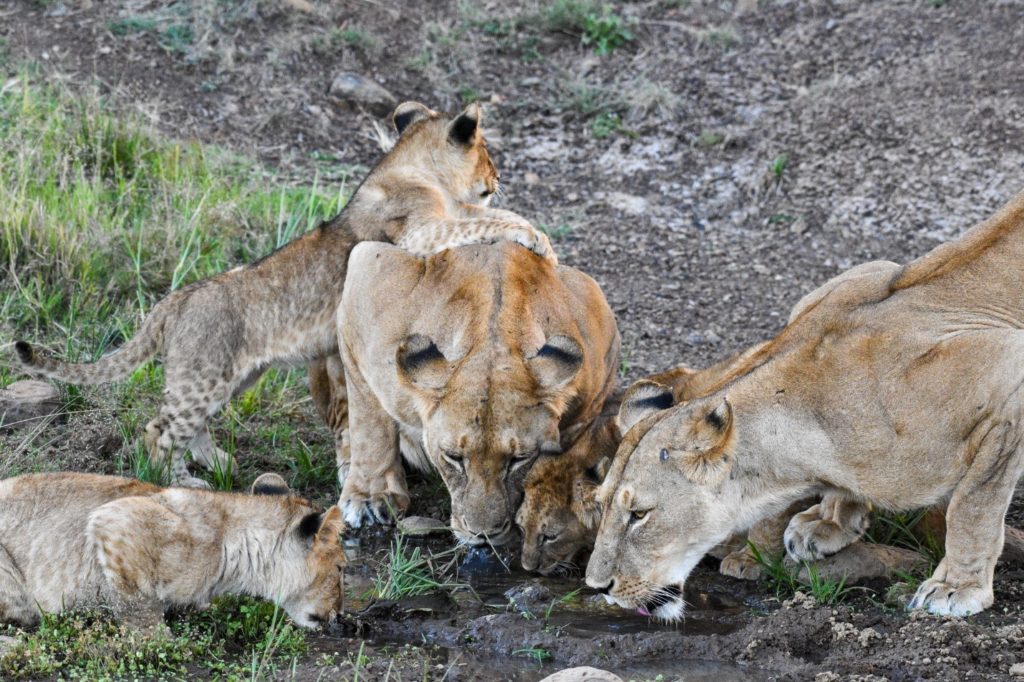
Our guide, Benjamin Kisemei, ensured that our 4 nights in the Mara were filled with unbelievable wildlife sightings. His knowledge and easygoing personality allowed us to spend hours with lion prides and their cubs; with hunting cheetah; with herds of buffalo and elephant; and with our much anticipated Mara River crossing. Benjamin stayed with us when we transitioned to Rekero Camp and we were so happy to be able to spend more time with him.
As with the above camps, all the standard Kenyan tourism protocols were being adhered to: mask wearing; hand sanitization; social distancing; private dining by party; limited capacity in safari vehicles; sanitization of luggage. They really have their protocols down and it is a big focus as the properties need to be re-approved in person every 6 months by the Kenyan government to continue operations.
Rekero Camp by Asilia – Masai Mara:
When it comes to witnessing the world-famous Great Migratrion, , Rekero is in prime position. Overlooking the Talek River in Kenya’s Masai Mara National Reserve, the camp sits next to a main crossing point used by the wildebeest on their epic annual journey. Guests can watch the herd make this perilous crossing without even leaving the camp. Enjoy this and other wildlife sightings from the comfort of your riverside tent or from one of the two communal decks.
While on a game drive, keep your eyes open for prides of lion waking up for a night of hunting, cheetah scanning the sun-bleached plains from atop a termite mound and elephants drinking at a waterhole. Spend afternoons kicking back with a G&T on the deck to watch the river crossings or stretching out on your private veranda with spectacular views of the herds. At Rekero, you’re in good hands. Their team and Maasai guides have years of experience and incredible knowledge of the Masai Mara and wildlife.
Our experience at Rekero and in the Masai Mara NR was unforgettable. We were able to experience the classic wildebeest & zebra migration river crossing – witnessing upwards of 1,000 animals brave the Mara River. The was a first for both of us and something we will never forget! In addition to that iconic sighting, were we able to view lions crossing the Talek River right from our breakfast table in the picture; a beautiful male leopard just outside of camp; and a visit from a lioness while we were walking back to our tent after dinner – a good reason for the spear-equipped Masai escort!
Rekero Camp followed all of the same protocols as the other Asilia Africa camps above.

Nairobi – MetaMeta Orphanage Visit:
When we transitioned from the Masai Mara to Watamu on the Kenyan coast, we connected in Nairobi. During this several hour stopover, we arranged for our Covid-19 test for our return Emirates flight 3 days later. Details on the Covid test are outlined under the “Emirates Flight” section above. Based on our experience, we now have the contacts in place and the understanding of what is involved should you need to make these arrangements.
We were also able to utilize this time in Nairobi and embrace our ethos – Travel that makes a difference. Our friend and partner Jay Kang’e from Epic Africa Adventures arranged for us to take a couple of local children – Valeria & Jacob – on a shopping trip for needed school uniforms and some fun items. They also assisted with a big grocery shop which we loaded into the safari truck and delivered to the Metameta Children’s Home in the Kangemi neighborhood of Nairobi. Metameta is a wonderful community-based organization dealing with orphaned children due to HIV/AIDS. They provide clothing, food, education, and shelter to approximately 60 children.
Hemingway’s Watamu:
Following our 8 days on safari, we opted to head to the Kenyan coast to see what was happening there for those interested in “Bush & Beach” itineraries. We flew from Nairobi to Malindi and were met at the airport by our contact at Hemingway’s for the 20km transfer to Watamu. Temperature check, hand sanitization, luggage sanitization and off we went. We did note that mask wearing wasn’t as strictly enforced on our East African flight to Malindi (although we were temperature checked getting on the aircraft), but it was on our return flight to Nairobi on 540 Airlines.
This Indian Ocean luxury 5-star boutique beach hotel in Kenya is everyone’s favorite and guests just keep coming back for more. An iconic tropical paradise on the Kenyan coast sitting right in the middle of the pristine Watamu Marine National Park with its idyllic white sand beach and turquoise waters. The exceptional personal service and sincere charm of this established hotel has come to represent Kenyan coastal luxury to so many travelers for close to 30 years. And it just got even better with a mega makeover. There is so much to do here – learn to kite-surf; get your PADI certificate; take a sunset dhow cruise on Mida Creek; go deep sea catch-and-release fishing; snorkel; view the dolphins; whale watch in season; play a round of golf on the nearby world class golf course, Vipingo Ridge; or go on safari for a few days in Tsavo or the Maasai Mara. If that all sounds a little too energetic, relax around the pool with a good book as you work your way through our cocktail menu.

The Area: Watamu – meaning “home of the sweet people” in Swahili – is a small village on the Kenyan coast approximately 120kms north of Mombasa – Kenya’s second largest city. It is also 20kms south of Malindi – Vasco de Gama’s first landing point on the coast of East Africa. Watamu’s shoreline features pristine white sand beaches and offshore coral formations arranged in different bays and sheltered by a reef. The area is protected as part of the Watamu Marine National Park and is considered one of the best snorkeling and diving areas on the coast of Africa. The Marine Park is renowned worldwide for its natural beauty and boasts a diverse marine life from the visiting whale sharks and manta rays to three species of sea turtle.
A stay at the coast is always a great way to unwind after your safari, with the option to just chill on the beach or by the pool or take advantage of all of the different activities outlined above.
There were several guests staying at Hemingway’s and the restaurant and bar were open, along with food and drink service poolside. All the staff were following protocols – touchless check-in; mask wearing; distancing; hand sanitizers; etc.
Final Thoughts:
Our recent experience in Kenya is one that we will not soon forget. The level of safety and comfort that we felt traveling to and in Kenya certainly exceeds the level of safety we feel here at home in the US. Kenya is serious about both dealing with the Covid-19 threat and ensuring that international guests can safely experience all that this wonderful country has to offer. Wearing a mask is a small inconvenience when it results in having a once-in-a-lifetime safari experience in Kenya – the lack of visitors ensures that you have an experience vastly different to what can often be a crowded situation. Sightings and game viewing were unbelievable and in most cases, we were the only vehicle there. The friendliness of the Kenyan people and the quality of service always shine through.
We are ready to help arrange your ideal itinerary to Kenya based on what we have learned during this exploratory trip. We have a confidence level that international travel can be done safely when the correct protocols are in place. So, when you have the desire and comfort level to go, we’re standing by ready to assist. Asante sana!
Submitted by Rick Reichsfeld & Gary Nicoll, Adventures Africa
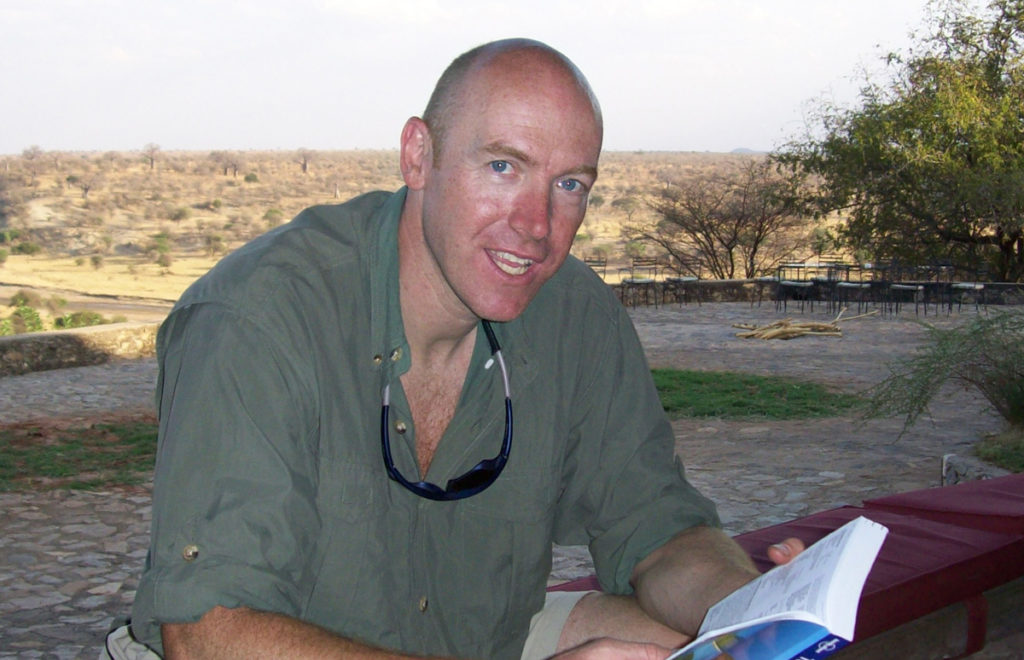
Join our exclusive escorted small group trip to Kenya
CONTACT GARY:
mail: gary@adventuresafrica.com
cell: +1 203 241 6909
direct: +1 954 688 3107
toll-free: +1 888 281 5565 ext: 282

